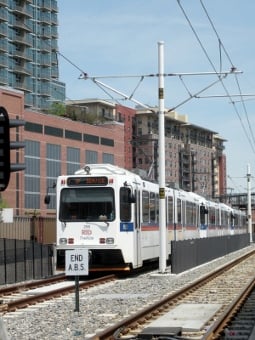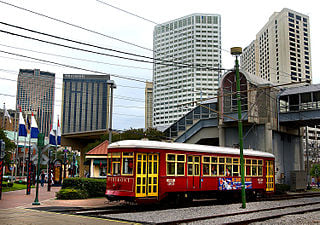In November two-thousand-six, when it came time to vote a second time on extending Fresno County, California’s Measure C – the half-cent sales tax referendum to improve county transportation (the first attempt failed to garner enough support), I voted “No.” I knew that the extension, post-2006 all the way out to 2027 (the time the measure would remain in effect), would do nothing to help develop, let alone advance, county-centered rail-based transit. (Disclosure: It should become clearer as to why I voted the way I did).
Immediately to some reading this they may cry foul. They might argue that $101 million was designated for the consolidation of two railways – the Burlington Northern Santa Fe and Union Pacific railroads – from south to north of the city and into Madera County on the latter railroad’s right-of-way all the way through town up to the San Joaquin River (that portion lying in Fresno County), was a project in toto that was expected to cost in excess of a billion dollars to complete. Because of where track for the state’s high-speed rail project is going in (next to the UP right-of-way from south to north of town), the freight rail consolidation is now not going to happen – at least not anytime soon.
One of the conditions of Measure C extension was that in the absence of consolidation of the two main freight lines in question in 15 years’ time, the $101 million would be put toward grade separations of road and rail at specified points where the two directly intersect – at the same grade or level, in other words.
Well, the decade-and-a-half is almost up, and no such grade-separation work so far. The only grade-separation work separating road and railroad infrastructure in the county is tied to high-speed-rail (HSR) building. And, whom may I ask benefits most by this action? You guessed it – road users.
Okay, what about the measure’s “New Technology Reserve” provision? The $36 million designated for this is to go towards new technology projects. I don’t believe anything has been done with this money so far other than a tiny fraction – about five percent if that – helping to pay for the establishment of a transportation research institute at California State University, Fresno. Though not directed to roads per sé, neither is any of it directed to rail as far as I am aware.
It might be argued as well that, what, 14 percent of all Measure C sales-tax-generated funds would be set aside for transit? Again, all of it is road-based spending as Fresno County has no rail-based transit outside of Amtrak California San Joaquin’s service which gets the majority of its funding from state sources, the remaining monies coming courtesy of Uncle Sam.
When it was understood the California high-speed rail was actually going to be built, as part of that effort, a heavy maintenance facility (HMF) was going to need to be constructed to support train operations. Different counties where high-speed rail would traverse, once this information was learned, began competing for the HMF. In response, Fresno County leaders came up with this idea to use part of Measure C monies to entice the California High-Speed Rail Authority to build the plant and accompanying yard in Fresno County along the high-speed rail-line route, naturally. It would be $25 million in all, of Fresno County tax money, presumably from the $101 million consolidation funds, going to the high-speed-rail effort.
Whether those who voted for the 2006 extension had a say in this matter, I can’t say for sure. But, imagine: county tax money going to a statewide project, I can imagine some who voted to pass Measure C – about 11 years ago now – not being too happy about this. It hasn’t yet been announced which San Joaquin Valley county will be selected as the location of the future HMF, but I did read somewhere recently where Kings County will have a HSR-related small maintenance operation of some kind.
In understanding each of the particulars I just could not bring myself to vote “yes” for the measure’s extension. The extension covers years 2007 essentially to 2027 – a period of 20 years.

In my way of thinking, we, the citizens of Fresno County, could have done so much better had the language of the measure extension been written differently – more funding for rail-based and less for road-based activity is what I’m talking about.
Better luck next time, I guess.
– Alan Kandel
